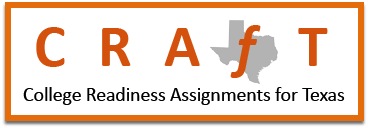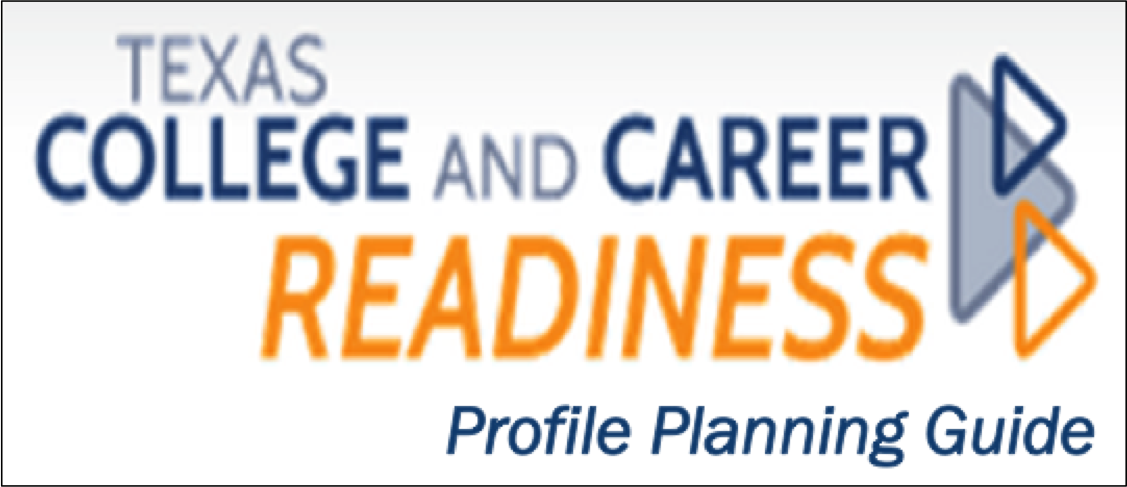A. Understand the elements of communication both in informal group discussions and formal presentations (e.g., accuracy, relevance, rhetorical features, organization of information).
1. Understand how style and content of spoken language varies in different contexts and influences the listener’s understanding.
a. Understand influences on language use (e.g., political beliefs, positions of social power, culture).
b. When speaking, observe audience reaction and adjust presentation (e.g., pace, tone, vocabulary, body language) to suit the audience.
2. Adjust presentation (delivery, vocabulary, length) to particular audiences and purposes.
a. Use effective verbal and non-verbal response strategies to adjust the message in response to audience’s facial expressions and body language.
B. Develop effective speaking styles for both group and one-on-one situations.
1. Participate actively and effectively in one-on-one oral communication situations.
a. Communicate, in an appropriate format, information that was gathered by inquiry (e.g., research, interviews).
b. Communicate understanding of materials, concepts, and ideas (e.g., conference with instructor on a complex assignment).
2. Participate actively and effectively in group discussions.
a. Cooperate with peers to organize a group discussion: establish roles, responsibilities, ground rules; complete assignments; evaluate the work of the group based on agreed-upon criteria.
b. Use discussion techniques to arrive at a consensus or complete a task.
3. Plan and deliver focused and coherent presentations that convey clear and distinct perspectives and demonstrate solid reasoning.
a. Present research findings as appropriate in a variety of settings.
b. Use clear and concise language to explain complex concepts.
c. Practice speaking from notes as well as from a prepared speech.
d. Use appropriate media for public presentations.


 Show Printable Version
Show Printable Version



